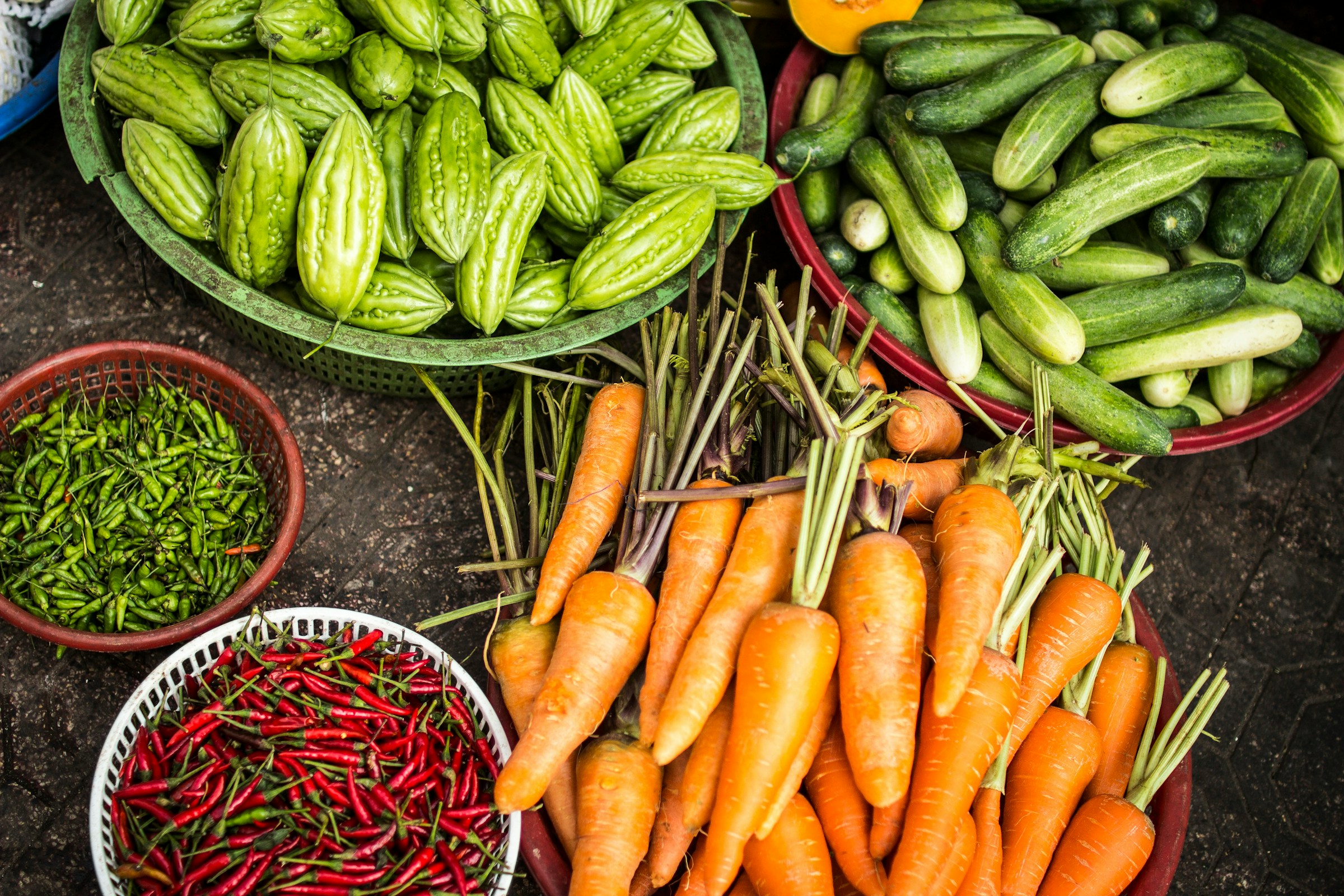
Resource
Major cuts to surging CO2 emissions are needed now, not down the road
A perspective paper published by Environmental Research Letters revisits the 2004 study by Pacala and Socolow that deployed seven wedges of different existing energy technologies to address climate change. At the time of that paper’s publication, each wedge would avoid one billion tons of carbon (1 GtC) emissions per year after 50 years. In this new perspective paper, its authors show that as a result of increased emissions, merely achieving what was considered "business-as-usual" in 2004 would require the development and deployment of 12 wedges; stabilizing emissions at current levels would require another 9 wedges; decreasing emissions to the level needed to prevent climate change would need an additional 10 wedges. Altogether, 31 wedges would be required to stabilize the Earth's climate.